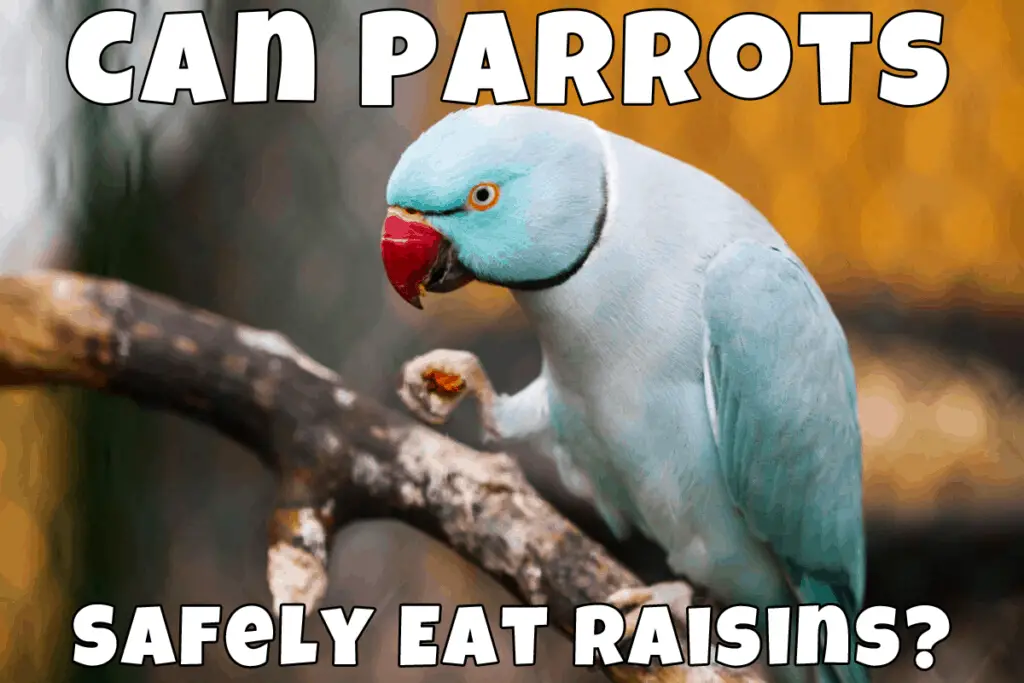Usually, we can easily tell if our pet is a female or a male. For a definition, there are simple anatomical signs in most animals. It applies to most mammals: cats, dogs, hamsters, and other cute pets. However, in the case of birds, things are a little different, and parrots are no exception. So, is your parrot a male or a female?
The answer to this question is both simple and complex at the same time. There are several ways to determine the sex of your parrot pet, and they differ depending on the type of bird. For example, some parrots differ in feather color and size. For some, you can determine gender by behavior. However, there are also ways to determine sex for species of parrots in which the male and female look alike.
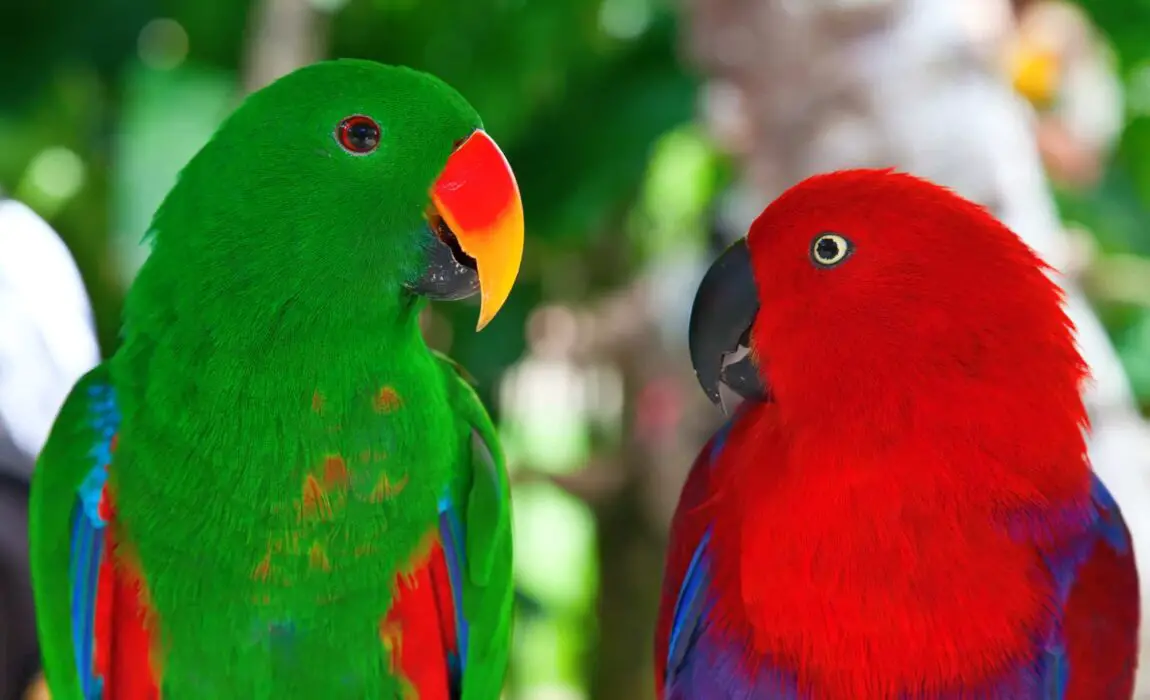
What is the anatomy of a parrot? How to distinguish a male parrot from a female parrot? Let’s take a closer look at these questions. Keep reading to find out more!
Why Is It So Hard to Tell the Difference?
In order to understand how to distinguish a female from a male parrot, you need to know a few details of the anatomy of birds. Why is it impossible to determine the sex of a parrot by external signs? The fact is that parrots have internal genital organs, both female and male. Birds do not have external genital organs, which means that the male parrot does not have a penis. Instead, both males and females have internal genitalia called a cloaca.
A cloaca is an internal chamber in a bird’s body that has an external opening. And this anatomy is the same for both males and females, so it is impossible to distinguish them by their external features. However, despite the external similarity, the internal structure of the cloaca differs in males and females.
Females have ovaries, and males have testes. During the mating season, the parrot’s cloaca increases in size, sperm is secreted in males, and eggs in females. Thus, the cloaca is a common organ for mating, carrying eggs, and excreting urine and poop.
Are Male Or Female Parrots Better? How to Choose the Right One
Why Do I Need to Know Whether My Parrot Is Male or Female?
In fact, it is not always important for you to look for an answer to this question. If you have only one parrot and you do not want to get another one, then this question is not so critical. On the other hand, you may be wondering about your parrot’s sex just so you can name it and find out what habits to expect during the mating season.
However, if you want to have two or more parrots, you need to determine if they are males or females. Depending on whether you have a male and a female, two males or two females, their keeping conditions may differ. Once you have determined the sex of your parrots, you can figure out how to keep them if you want to breed them or not.
In addition, two males can be aggressive towards each other, especially in the presence of a female parrot. Therefore, let’s look at the methods for determining the sex of a parrot in more detail.
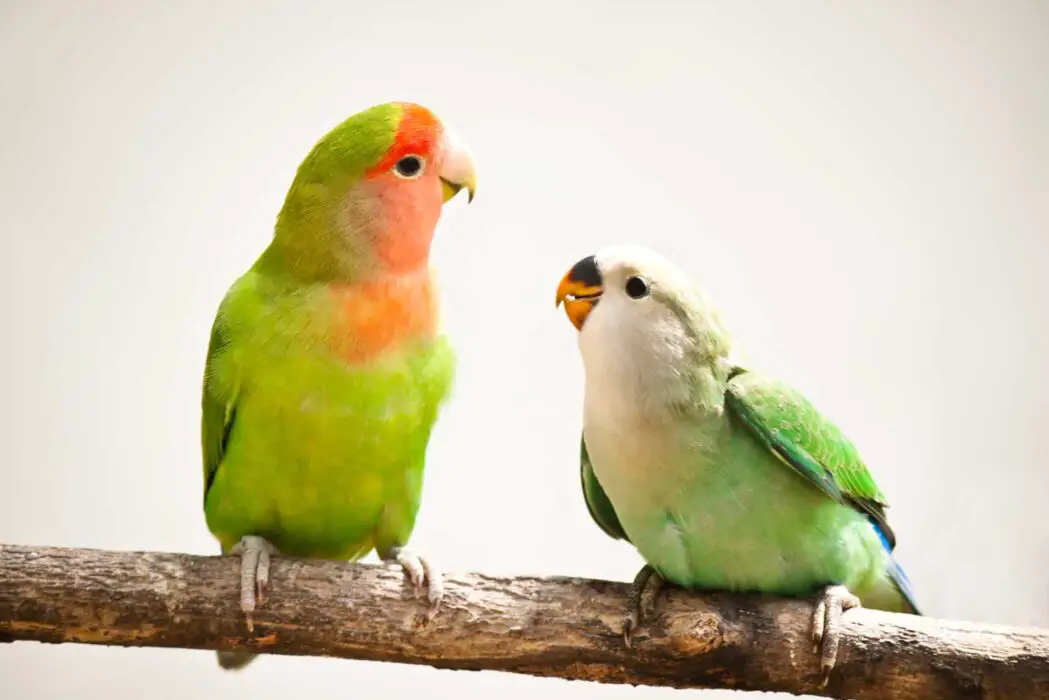
Is My Parrot Male or Female?
If you buy your parrot from a trusted breeder or at parrot shows, you will receive a certificate with the sex of the bird indicated. The fact is that verified breeders do a DNA test to determine the sex of the chicks and pass this data on to the new owner.
However, there are times when you get your parrot elsewhere – from the previous owner, at a shelter, or rescuing them in the wild. In this case, you do not have DNA test data, and you will have to determine the sex of the pet yourself. There are several ways to do this. Let’s take a closer look at them.
Does Your Parrot Lay Eggs?
The easiest way to find out if you have a male or female is to wait until the mating season and watch if your parrot is laying eggs. Females do not need to mate with a male to lay eggs; this process takes place during the mating season regardless of the presence of a mate. However, after the mating process, females lay fertilized eggs. In the absence of a male, these eggs will be unfertilized.
So, we have found out that if your parrot sometimes lays eggs, then it is definitely a female. However, if your parrot does not lay eggs, this does not mean that it is a male. Females do not always lay eggs during the mating season. Moreover, the formation of eggs in the body of a parrot begins after reaching sexual maturity, that is, at the age of about three years. So, if you have a young parrot, then this method of sex determination will be too long and inaccurate.
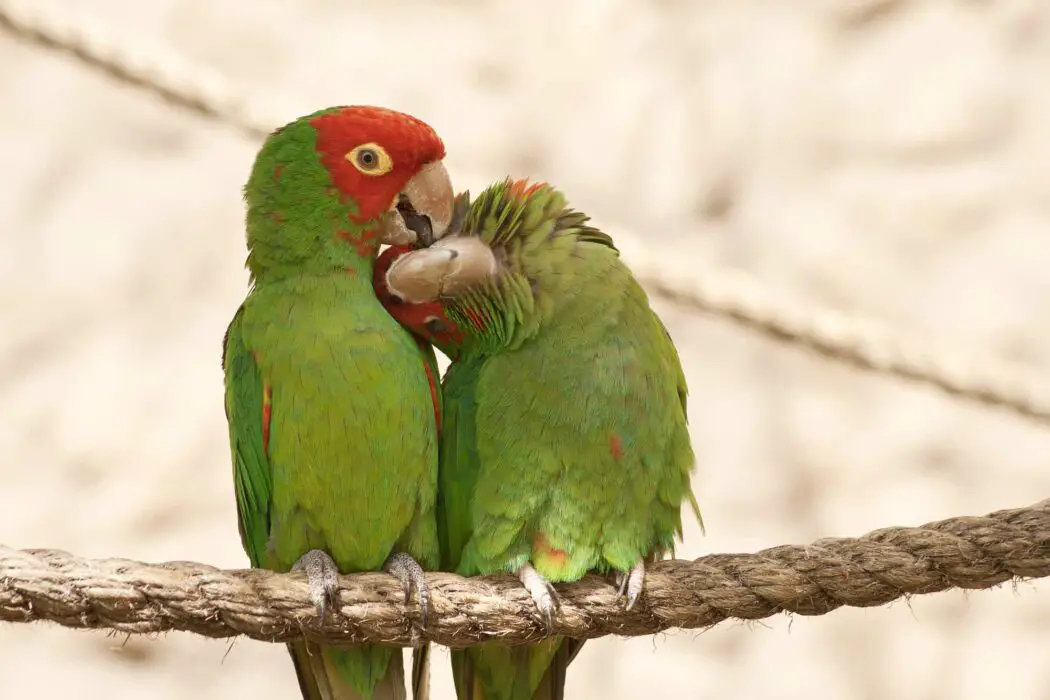
Surgical Test
This test is a rare method for determining the sex of a parrot. It is usually used in emergencies when there is no time and results are needed immediately. The fact is that this method is invasive and should only be performed by an experienced veterinarian.
The parrot is anesthetized during a surgical test, and the veterinarian makes a small incision in the bird’s abdomen. The vet then inserts a small fiber-optic tube into the parrot’s body to see testes or ovaries in the cloaca.
This method is dangerous and can lead to further breeding problems for parrots. In addition, there is an easier and safer way to determine the sex of birds.
5 Signs That a Parrot Wants to Mate: How to React?
DNA Test
Parrot breeders often use this accurate method to determine the sex of their parrots. The DNA test for parrots works the same as for humans. The vet takes blood from the bird and identifies the chromosomes that form the sex set of all animals. It is a relatively accurate way to determine if your parrot is male or female. In addition, this analysis is usually inexpensive and has high correctness, although sometimes errors do occur.
Behavioral or Visual Differences
If your parrot is of a species in which females and males look the same, then you can use a DNA test to determine the sex. However, some parrot species have visual and behavioral differences that can help you determine the sex of your pet.
For example, African Greys have differences in appearance between females and females. In this species, females are small, with light feathers on the underside and round eyespots. At the same time, males of African Greys are much larger than females, their eyespots are pointed, and their feathers are dark.
Quaker parrots also differ depending on sex. However, their differences lie in their behavior during the mating season. So, female Quaker parrots move their tail up and down, attracting a partner, and the tail of the male moves from side to side.
Also, by visual signs, you can determine the sex in other species of parrots. For example, Eclectus females have black beaks, while males have candy corn beaks. Ringnecks males have dark rings on their necks, while females have light-colored rings. You can also tell the sex of Senegals, as males have yellow tail feathers and females have green ones.
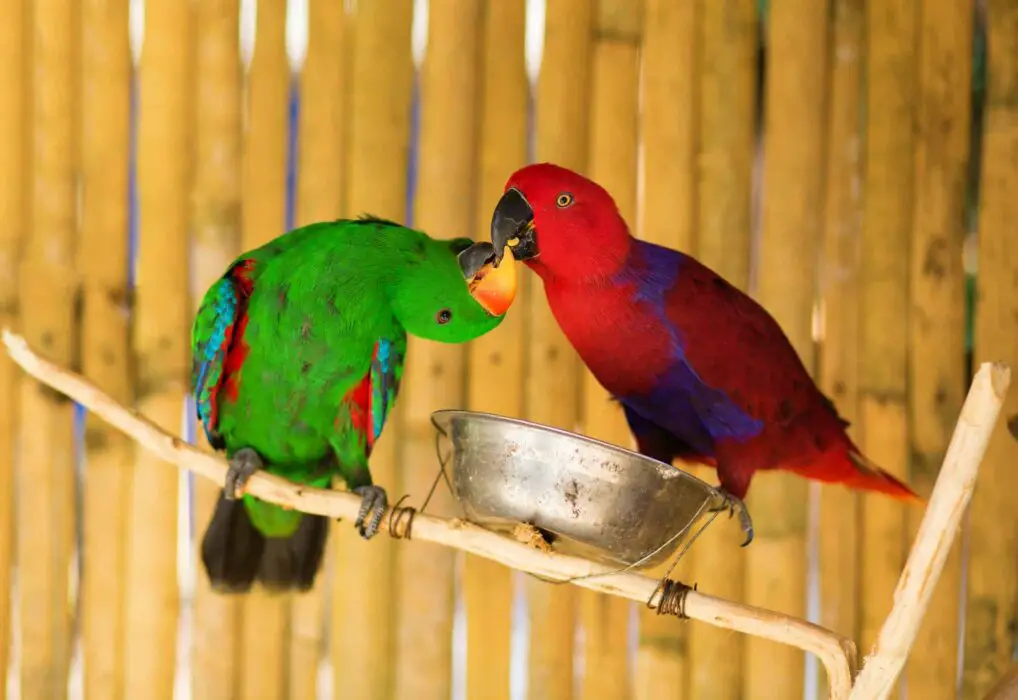
Conclusion
So, we have found out that for some species of parrots, you can determine the sex by external or behavioral signs. However, such methods are not always accurate because each parrot is unique. If your parrot is not a female who lays eggs, you can contact the breeder or have tests that include a surgical and DNA test. A DNA test is safer than a surgical test, which is only used in emergencies.

